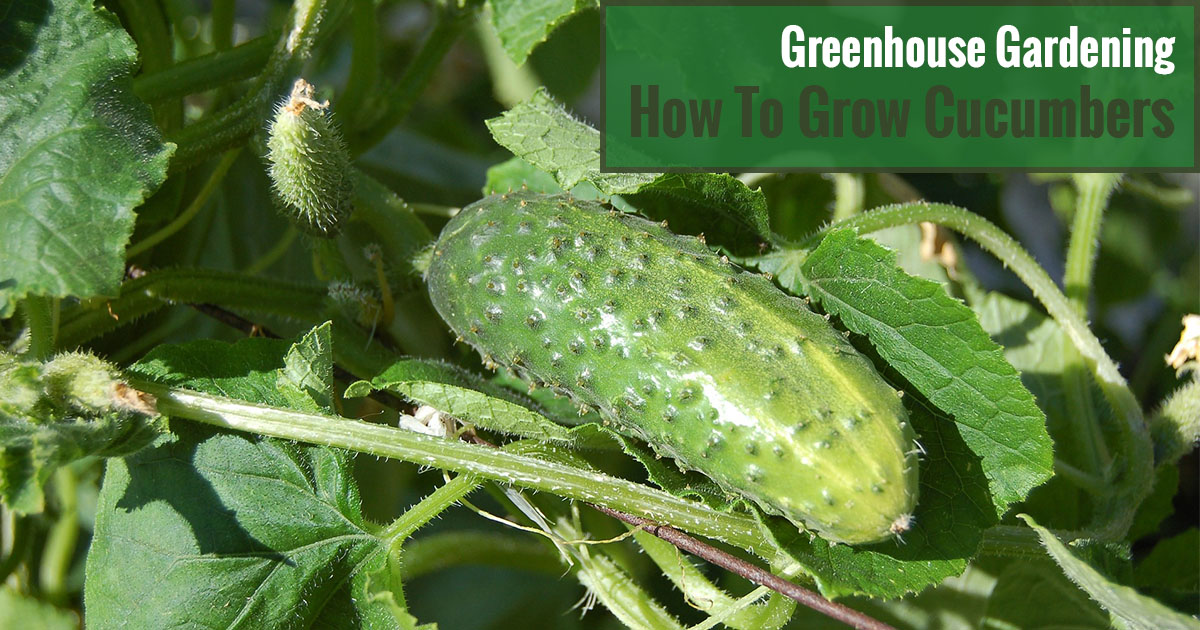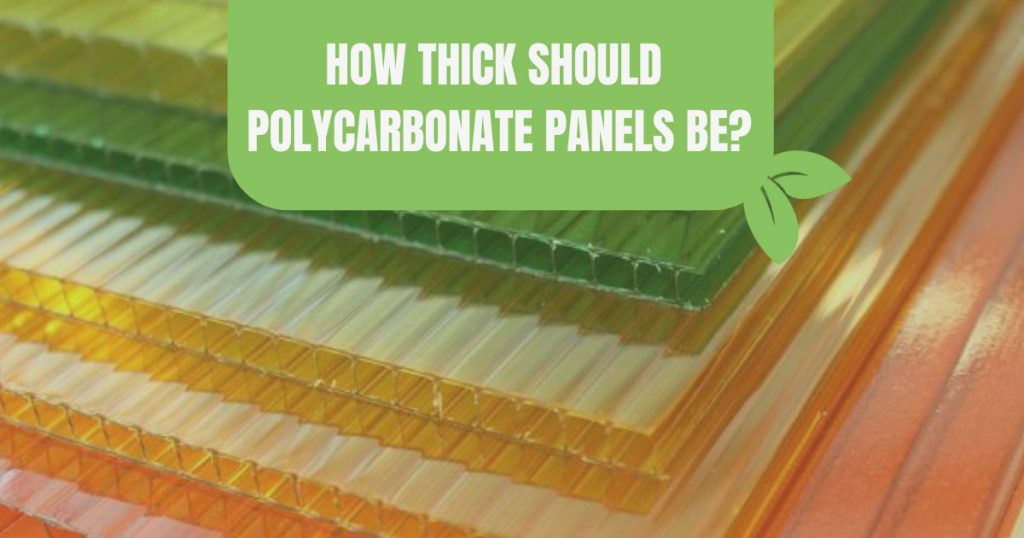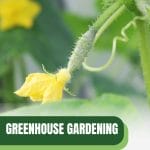

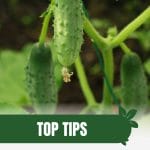



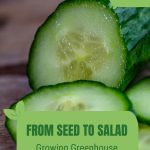
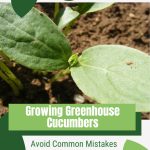

Cucumbers grow quickly so you don’t have to wait for a long time to harvest them. You can raise them regardless of how much area you possess especially when you use a trellis. They can also be successfully planted in charming pots, growing bags or right on the ground. Stop worrying about how to grow cucumbers in a greenhouse. We have prepared that for you.
Two main varieties of cucumber
Greenhouse cucumber variety creates long, delicious fruits, just like the ones you buy in the market. It doesn’t require pollinating. As a matter of fact, you have to eliminate all-male flowers to stop pollination from occurring or it will turn out to be bitter.
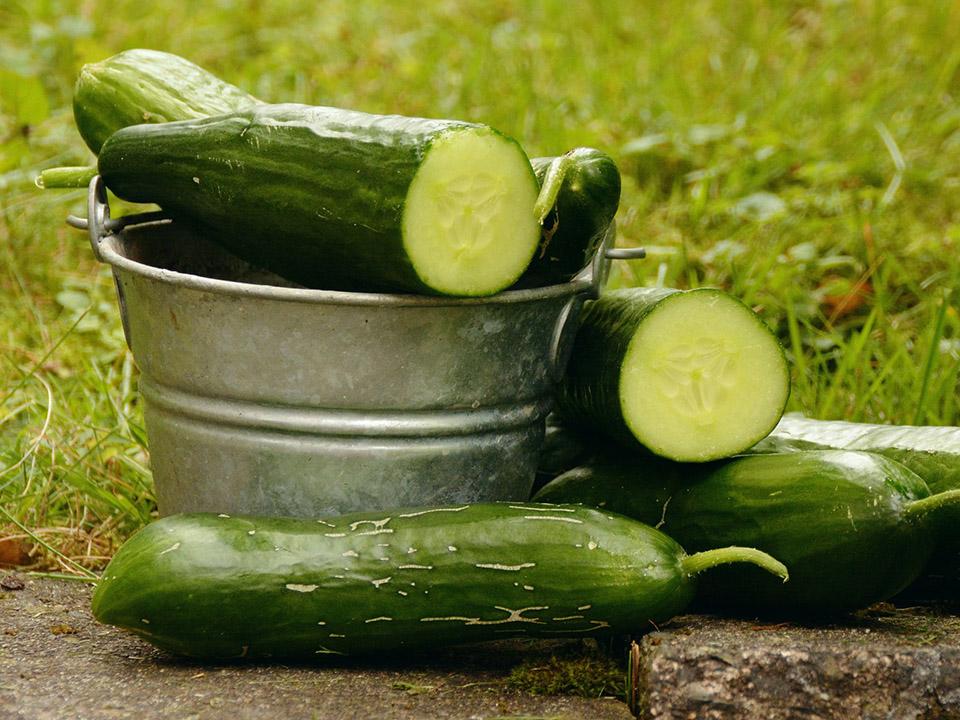
Outdoor or ridge cucumbers variety, on the other hand, tend to be smaller, fat and uneven skin. They have to be pollinated because they generate male and female flowers. But you don’t have to worry about it as insects will most likely do the job for you.
Quick overview of growing cucumbers in a greenhouse
- Type: Warm-season crop
- Time from seed to harvest: 50-70 days
- Germination temp: 65°F
- Time until first emergence: 3-14 days
- Best temp to grow: 75-85°F
- Height: 3-12 ft
- Spread: 1-4 ft
- Grow from seed: 1/2-1 in deep, 12-15 in apart
- Companions: Radish, dill, tomatoes, marigolds, lettuce, corn, peas, beans
- Keep away from: Brussels sprouts, kale, cauliflower, kohlrabi, melons, potatoes
Let’s talk more about growing cucumbers
Cucumbers are generally monoecious. There are male and female flowers on each plant. Learn a lot about how to grow cucumbers in a greenhouse and distinguishing male from female flowers:
You can recognize male flowers easily because they have a plain stem. Female flowers look like they have a little cucumber or a tiny, underdeveloped sprout of fruit between the base of the flower and stem.
Cucumber is a widely cultivated vegetable in the gourd family. It is a crawling vine that produces cucumiform fruits. Cucumbers are rich in potassium, flavonoids and Vitamin K. Cucumbers are technically fruits and are easy to grow in a greenhouse. Here is how:
Steps on how to grow cucumbers in a greenhouse
- Sow the cucumber seeds in the last three weeks before the frost date so that you can transplant them one week after the frost subsides. This is important because cucumbers are very vulnerable to frost damage. Greenhouse Heaters will help you achieve the required warmth your cucumbers need in those freezing periods. This way you don’t have to think about frost dates and are able to grow them throughout the year.
- Growing cucumbers in pots are also great. Sow one seed per three-inch pot. This gives them sufficient place for initial plant growth.
- Make sure you sow them in peat pots or a little flowerpot made of peat in which a plant can be raised and transplanted without having to be extracted because the root systems should not be disturbed.
- Three weeks after starting the seeds, prepare a patch inside your greenhouse where you will transplant the seedlings.
- Alternatively, you can transplant the seedlings into hanging pots or in growing bags.
- The appropriate spacing is 12 to 15 inches apart if you are transplanting them on the ground inside the greenhouse or on raised beds.
Take advantage of your vertical space
Growing cucumbers on trellis promote more side shoots and will create bigger cucumbers. Back up your cucumbers to climb and generate excellent yields. Guide the main shoots to rise using a trellis. When they finally touch the edge of the trellis, take out the developing part at the top. Remove the end of each side shoot once it begins to expand, leaving two leaves per fruit.
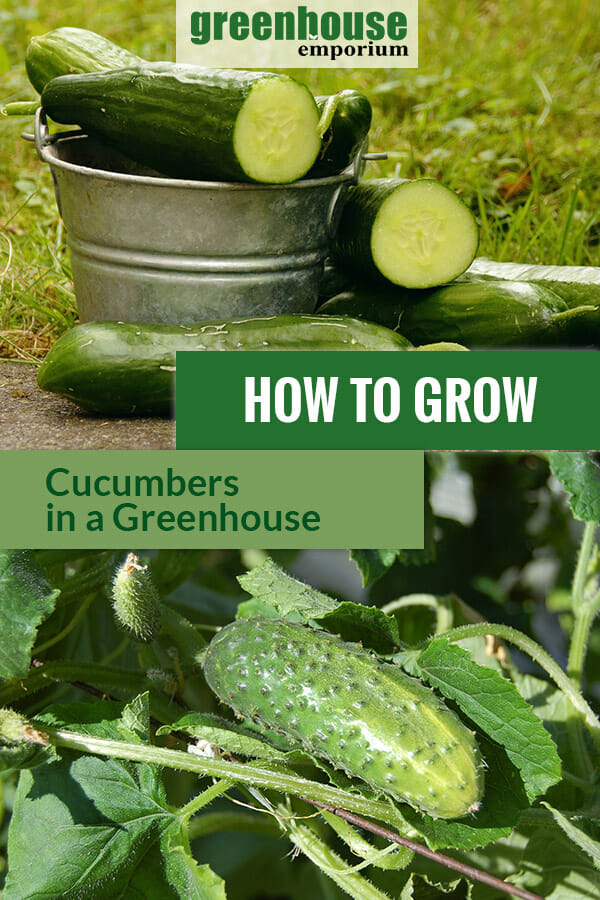
5 great greenhouse accessories for your cucumbers
Increase your harvest by starting right in the first place. Starting your cucumber plants in the RSI Hydroponic Floating Seeding Tray does not damage the delicate roots of your precious crops.
With the Juliana Flexible Plant Spirals, you can keep your cucumbers inside your greenhouse while giving them the vertical length to grow. Create beautifully arranged cucumber plants. It is adjustable and will fit any height or length up to six feet.
Switch into self-watering planters to prevent your plants from withering. Do more gardening chores and spend little time on watering. Calypso Planter with Trellis and Reservoir gives a classic look to your climbing cucumber plants and can also save you some space.
Consider investing in a raised bed with trellis. The Eden Garden Bed with Trellis is the perfect garden bed for your cucumbers and other plants you want to transplant into the garden.
Personalize your garden with the Wooden Trellis Screen & Planter System. You can assemble the trellis in any way you want. Place this anywhere depending on your cucumber’s needs.
Training your cucumbers in two ways
Using the triple stem training method means that all the suckers or root sprouts are taken off the establishing vine up to the tip of your trellis. Pinch the final buds of the main stem at the top of the trellis and leave three suckers to grow.

The next approach is lateral growth training which means all suckers are taken off for the initial four to five fruit sets. The next eight to ten suckers are left to grow one leaf and one flower. Then, squeeze the tip of the sucker. All the leftover suckers over the eight to ten must produce two leaves and flowers. Pinch the surviving growth. Trellis bar should be roughly six feet over the ground.
Pests control
Some common pests that attack cucumbers are whiteflies and cucumber beetles. The plant is vulnerable to diseases such as bacterial wilt, mosaic virus attack, and anthracnose. Signs of inadequate nourishment are yellow leaves, underdeveloped or failed to fruit.
Greenhouse whiteflies are possible pests in the spring and summer months. Adults are obvious but detecting young larvae requires the help of the lens. The effectiveness of yellow sticky traps or biological control can also give huge help.
Proper watering
Cucumbers require moderate watering. After the plants emerge, the appropriate amount of water per plant is about a gallon every week. Or follow the “little and often” rule. Manage your watering plan and volume with these Greenhouse Watering Systems.
Good soil conditions
Cucumbers thrive in neutral to light alkaline soils that range in pH from 6.0 to 7.0. However, the plants show tolerance even in soils that have pH levels nearing 7.6. A light liquid fertilizer twice a month or so will be beneficial once the fruits start to grow.
Prep for a perfect light and warmth
For effective germination, the bottom heat of the sprouting medium should be about 70°F. Set a soil thermometer in the spot where cucumbers will be located. If the soil temperature falls under 60°F, growth will cease and overall health will worsen. It cannot endure the freezing temperature.
Cucumbers require plenty of sunlight so ensure you set your greenhouse kit in such a way that it allows at least six hours of direct sunlight. Maintain a warm and humid interior by regular misting. You may have to screen your plants to guard them against scorching hot days. Or some shade is better. Keep your greenhouse cooler with these Shade Cloths.
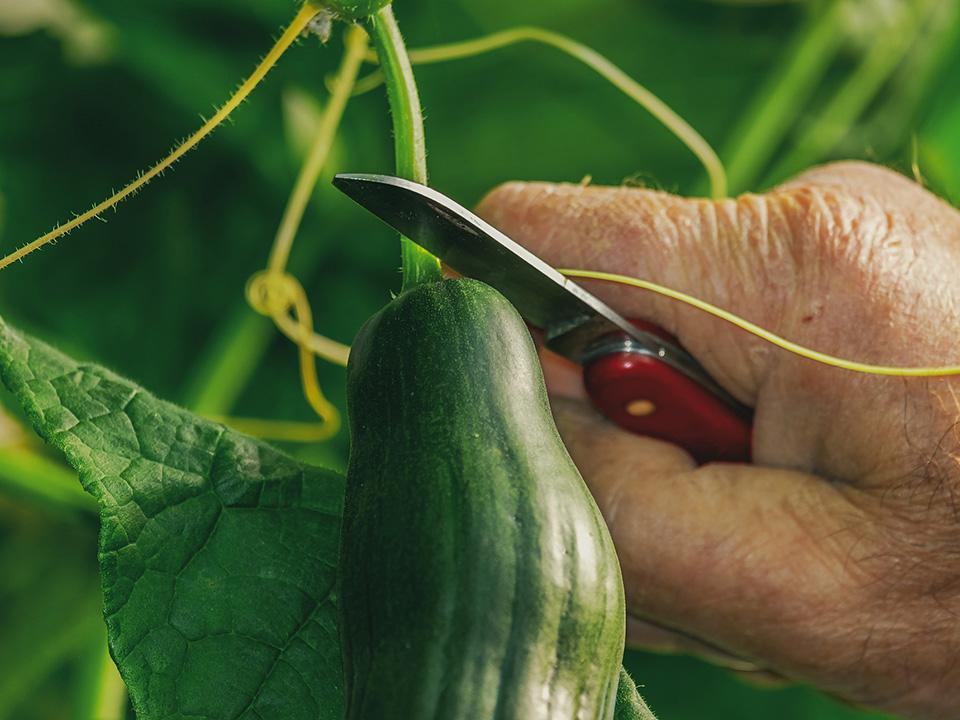
The exciting part of all! Harvesting!
You can harvest 20 to 50 cucumbers per plant. You can start reaping your cucumbers approximately 12 weeks from planting when they reach between six and eight inches. But again it is best to pick them while they are fresh preferably before they reveal indications of bearing seeds. Older fruits can grow bitter. Frequent harvesting will promote an endless yield. To harvest the ready fruits, cut them at the base using a sharp knife. An early morning harvest is advised while it is cold. The seeds are usable for three years or longer if properly stocked.

